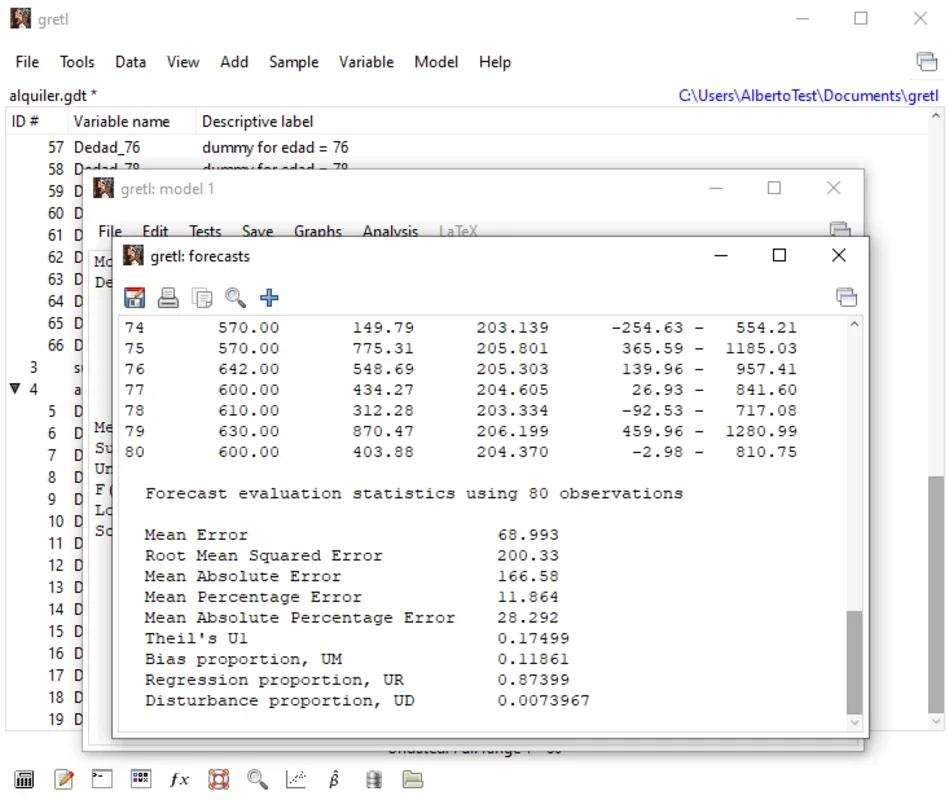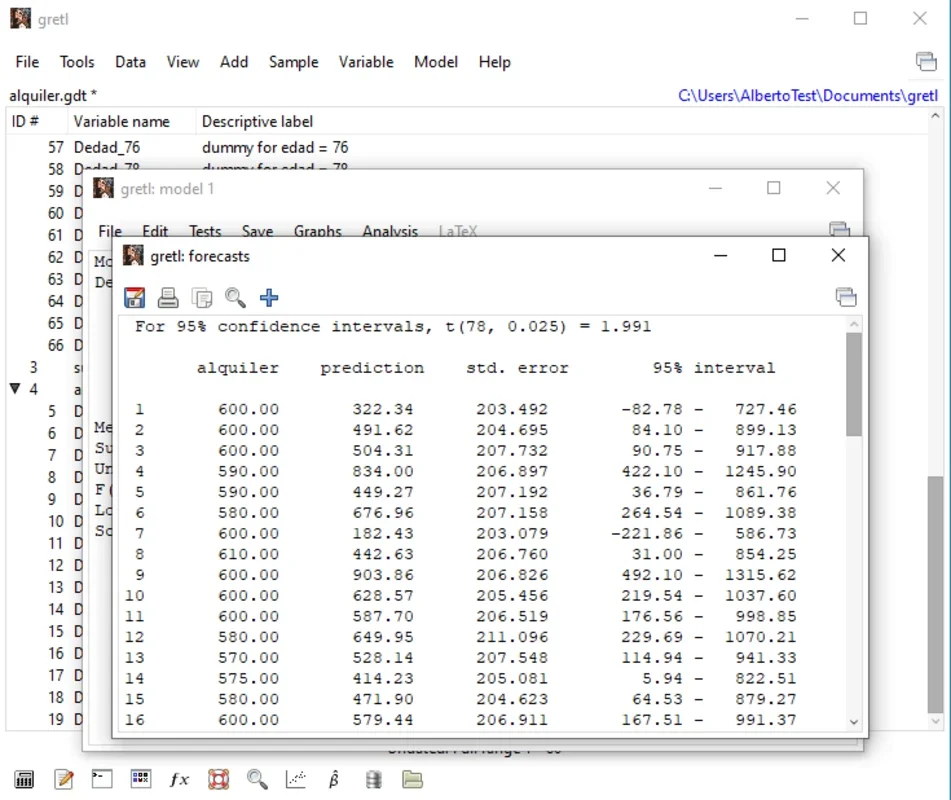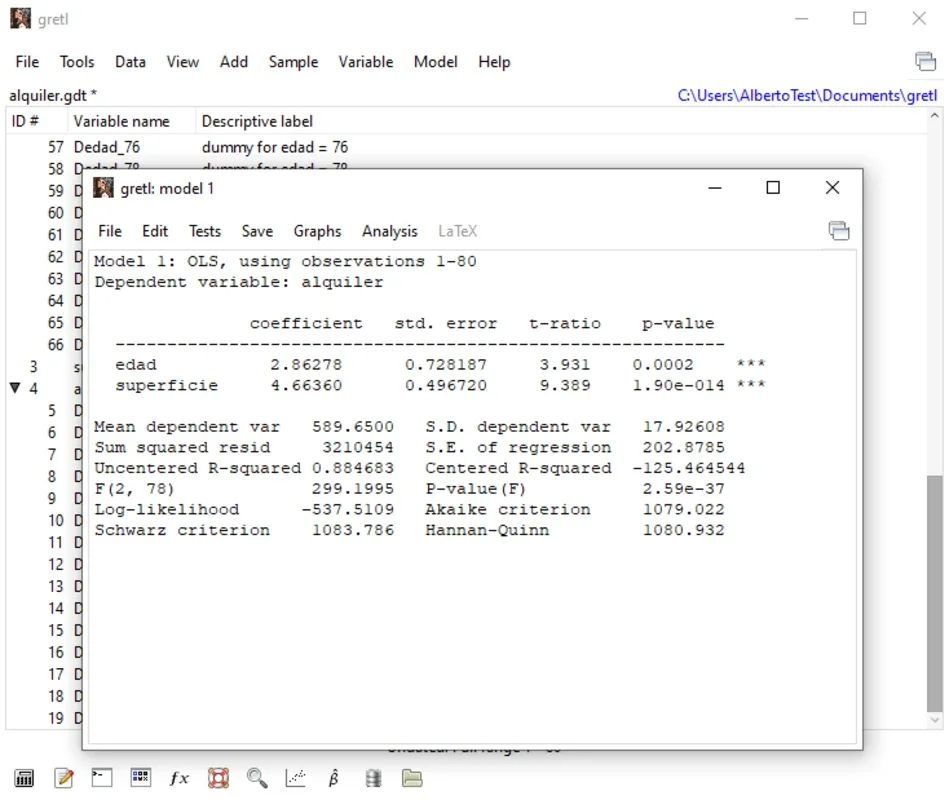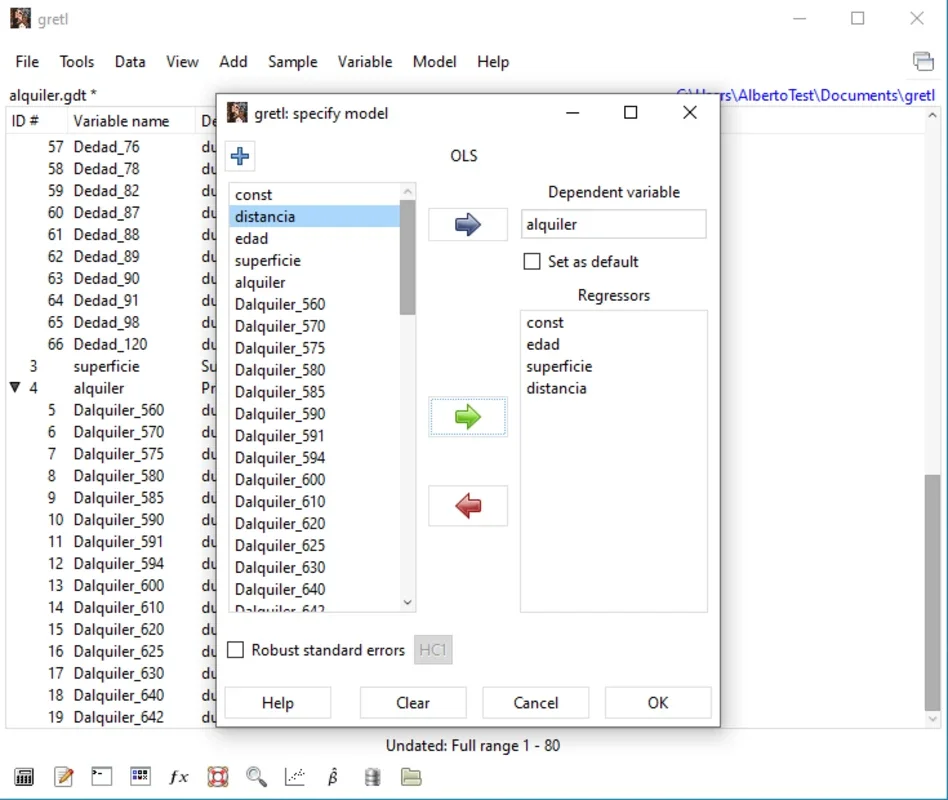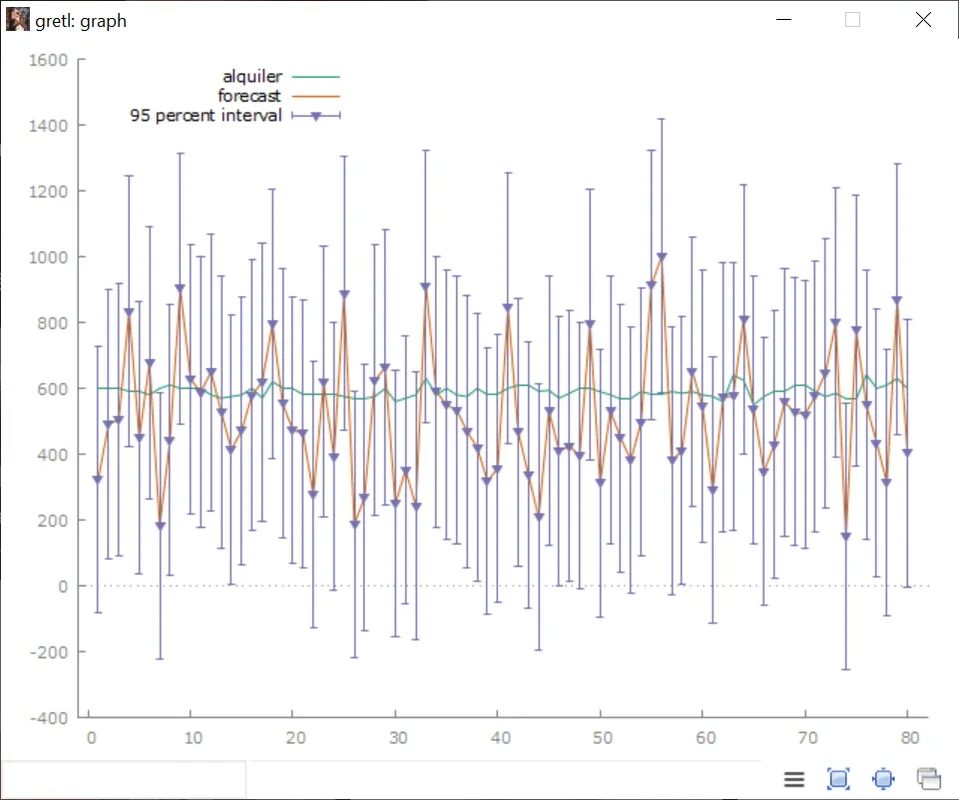Gretl App Introduction
Gretl, a powerful and versatile econometrics software package, stands as a leading tool for professionals and students alike. Its user-friendly interface and extensive capabilities make it ideal for a wide range of econometric analyses. This comprehensive guide delves into the features, functionalities, and applications of Gretl, highlighting its strengths and demonstrating its value in various contexts.
Understanding Econometrics and the Role of Gretl
Econometrics bridges the gap between economic theory and real-world data. It employs mathematical and statistical methods to analyze economic phenomena, test hypotheses, and make predictions. Gretl (GNU Regression, Econometrics, and Time-series Library) serves as a crucial instrument in this process, providing a robust platform for conducting sophisticated econometric analyses.
Unlike other econometric software packages that may be expensive or overly complex, Gretl offers a free, open-source alternative that is both powerful and accessible. Its intuitive interface allows users of all skill levels to perform a wide array of analyses, from simple regressions to complex time-series modeling.
Key Features and Capabilities of Gretl
Gretl boasts a rich set of features designed to meet the diverse needs of econometricians. Some of its key capabilities include:
- Extensive Statistical Methods: Gretl supports a wide range of estimation methods, including ordinary least squares (OLS), generalized least squares (GLS), maximum likelihood estimation (MLE), and instrumental variables (IV). This versatility allows users to choose the most appropriate method for their specific data and research question.
- Time Series Analysis: Gretl excels in time series analysis, offering tools for modeling autocorrelation, heteroskedasticity, and other time-series specific issues. It supports various models, such as ARIMA, GARCH, and VAR, providing users with the flexibility to analyze dynamic economic relationships.
- Data Handling and Management: Gretl seamlessly handles various data formats, including CSV, SPSS, and Stata. Its data management capabilities allow users to easily import, clean, and transform their data before conducting any analysis. This ensures data integrity and facilitates efficient analysis.
- Customizable Scripts: Gretl allows users to write their own scripts using its built-in scripting language, offering advanced users the ability to automate tasks and extend the software's functionality. This feature is particularly useful for repetitive analyses or the development of custom econometric tools.
- Graphical Capabilities: Gretl provides a range of graphical tools for visualizing data and results. Users can create various plots, including scatter plots, histograms, and time-series plots, to gain insights into their data and communicate their findings effectively.
- Model Diagnostics: Gretl offers a comprehensive suite of diagnostic tools to assess the quality and reliability of econometric models. These tools help users identify potential problems, such as heteroskedasticity, autocorrelation, and multicollinearity, and take appropriate steps to address them.
- Cross-sectional and Panel Data Analysis: Gretl handles both cross-sectional and panel data, allowing users to analyze data from different time periods and individuals. This capability is crucial for studying economic phenomena that evolve over time and across different entities.
- Robust Statistical Tests: Gretl incorporates a wide array of statistical tests, enabling users to rigorously test hypotheses and assess the statistical significance of their results. This ensures the reliability and validity of the findings.
Real-World Applications of Gretl
Gretl's versatility makes it applicable across a wide range of economic and econometric applications. Some examples include:
- Analyzing macroeconomic data: Gretl can be used to analyze macroeconomic indicators such as GDP, inflation, and unemployment to understand economic trends and forecast future economic performance.
- Modeling financial markets: Gretl's time-series capabilities make it suitable for modeling financial markets, analyzing asset prices, and assessing risk.
- Estimating demand and supply functions: Gretl can be used to estimate demand and supply functions, analyze market equilibrium, and assess the impact of policy changes.
- Evaluating the effectiveness of government policies: Gretl can be used to evaluate the effectiveness of government policies, such as tax cuts or subsidies, by analyzing their impact on economic outcomes.
- Forecasting economic variables: Gretl's forecasting capabilities allow users to predict future economic variables, such as GDP growth or inflation, based on past data and econometric models.
- Analyzing microeconomic data: Gretl can be used to analyze microeconomic data, such as consumer behavior and firm-level decisions, to understand individual economic agents' actions.
Comparing Gretl to Other Econometrics Software
While Gretl competes with other established econometrics software such as Stata and EViews, it distinguishes itself through its open-source nature and user-friendly interface. While Stata and EViews offer more advanced features and specialized add-ons, they come with a significant price tag. Gretl provides a cost-effective alternative without compromising on core functionality. Its intuitive design makes it easier for beginners to learn and use, while its extensive capabilities cater to the needs of experienced researchers.
Gretl's open-source nature also fosters a collaborative environment, allowing users to contribute to its development and share their expertise. This collaborative aspect contributes to its continuous improvement and expansion of functionalities.
Getting Started with Gretl
Gretl is readily available for download on Windows, macOS, and Linux platforms. Its straightforward installation process makes it easy to get started. The software's intuitive interface and extensive documentation make it accessible to users of all skill levels. Numerous online tutorials and resources are available to assist users in learning the software and applying its capabilities to their research.
Conclusion
Gretl is a powerful and versatile econometrics software package that offers a comprehensive suite of tools for conducting sophisticated econometric analyses. Its user-friendly interface, extensive capabilities, and open-source nature make it an ideal choice for researchers, students, and professionals alike. Whether you are a seasoned econometrician or just beginning your journey into the world of econometrics, Gretl provides a robust and accessible platform to explore the fascinating world of economic data analysis.
